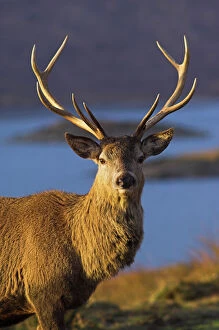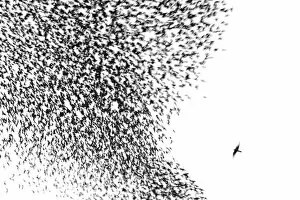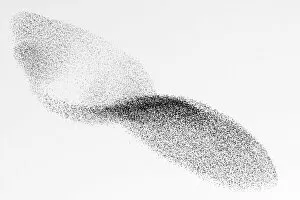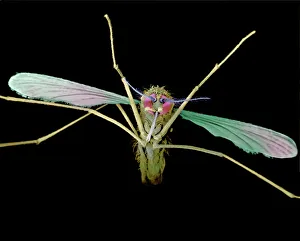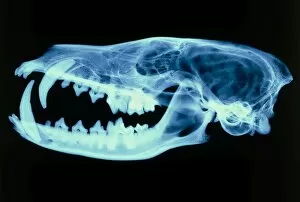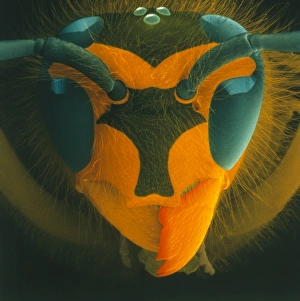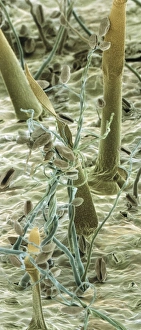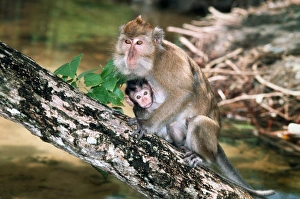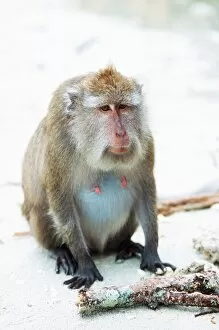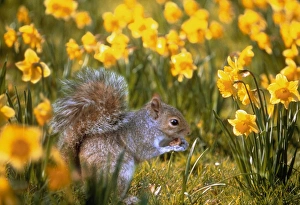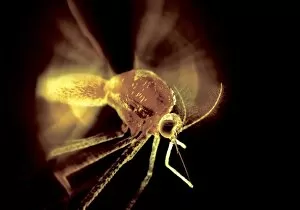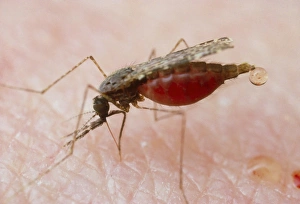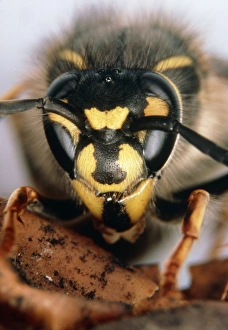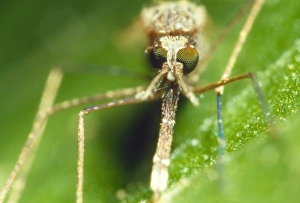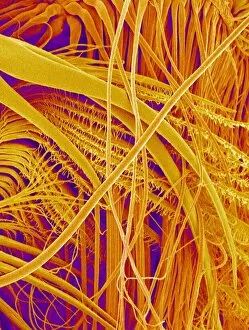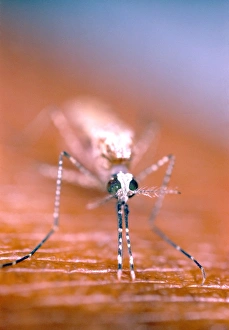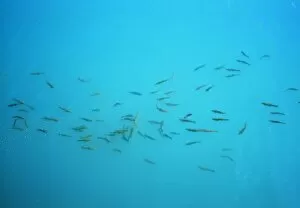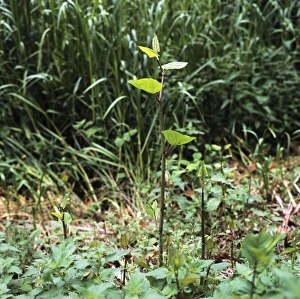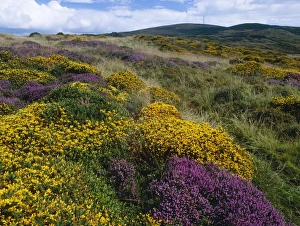Worst Invasive Alien Species Collection
The invasion of alien species has brought about disastrous consequences for our ecosystems
All Professionally Made to Order for Quick Shipping
The invasion of alien species has brought about disastrous consequences for our ecosystems. From the majestic but destructive mature red deer stag, to the overwhelming European starling flock, these invaders have wreaked havoc on native flora and fauna. The Anopheles mosquito, a carrier of deadly diseases, poses a significant threat to human health. Even seemingly harmless creatures like the red fox and wasp can cause imbalances in delicate ecosystems as shown by an X-ray of the skull of a red fox and a colored SEM image of a wasp's head. Invasive species don't discriminate; they target both plants and animals alike. The large elm beetle larval galleries are evidence of their destructive impact on trees, while potato blight fungus leaves no mercy for crops as depicted in SEM images. The sight of potato blight on leaf serves as a grim reminder that invasive species can decimate entire harvests, and is crucial that we remain vigilant against these worst invasive alien species. By understanding their behavior and implementing effective control measures, we can protect our environment from further harm caused by these unwelcome intruders. Let us work together to preserve biodiversity and safeguard our planet from the detrimental effects inflicted by these invasive invaders.

